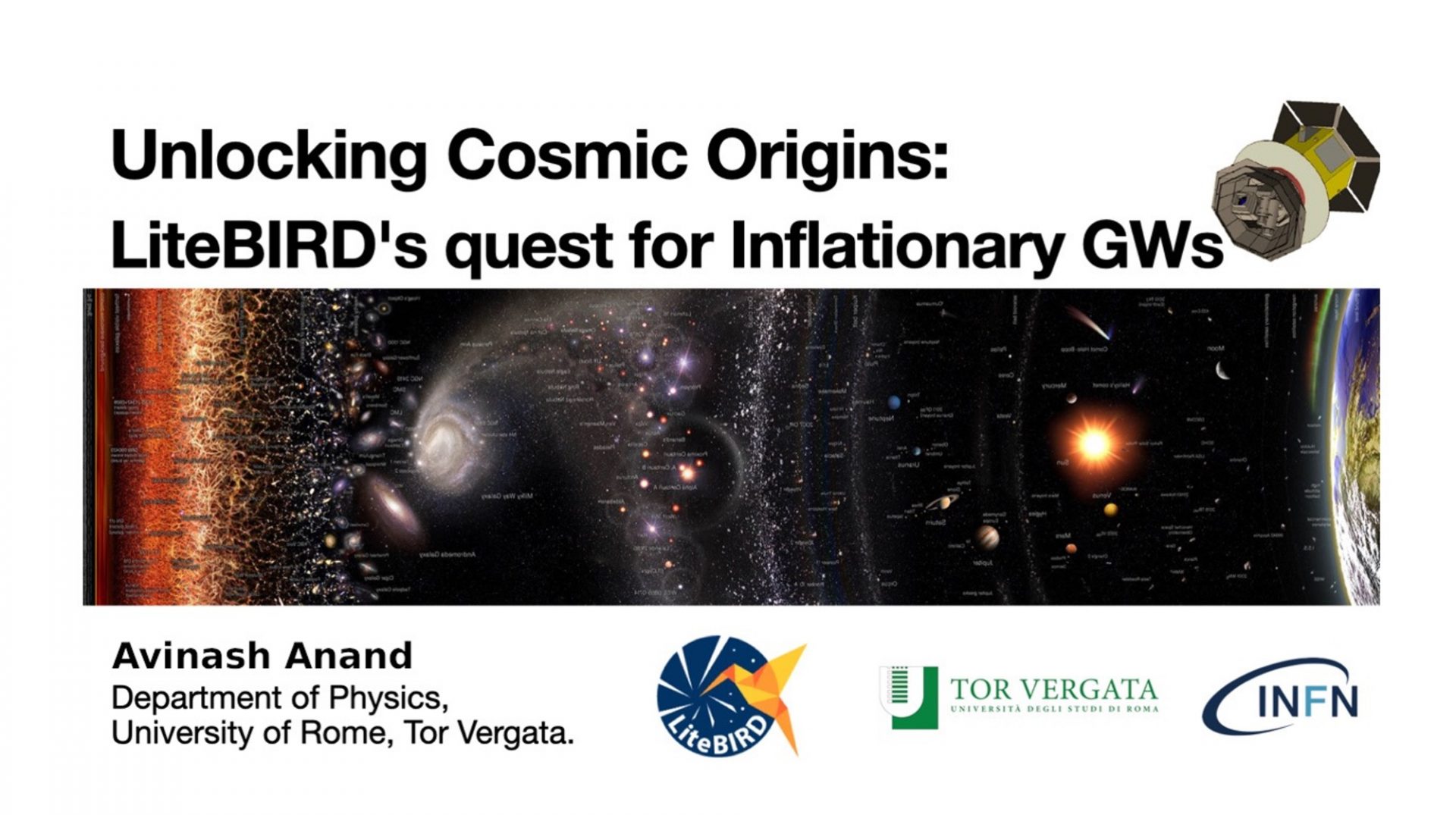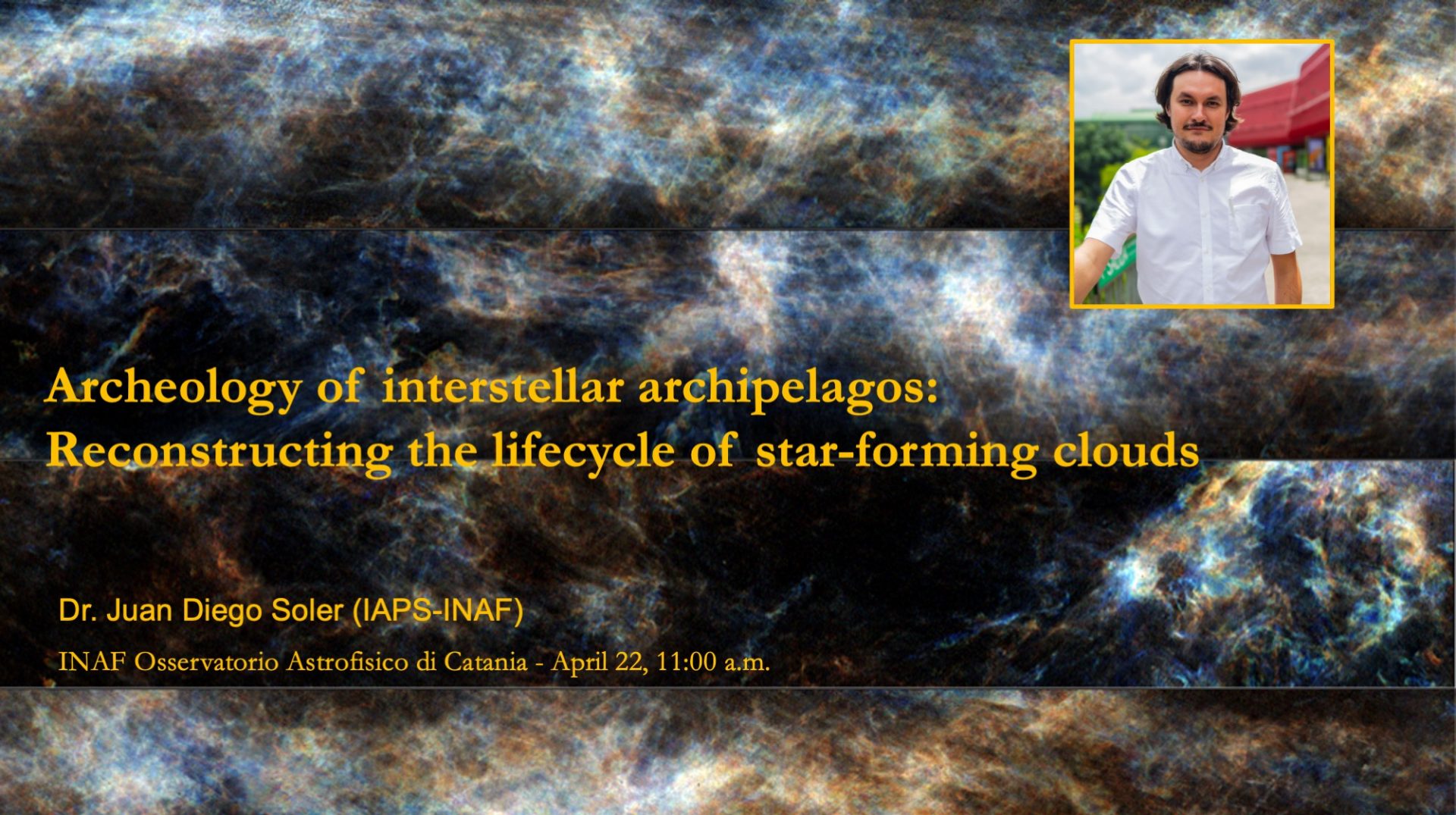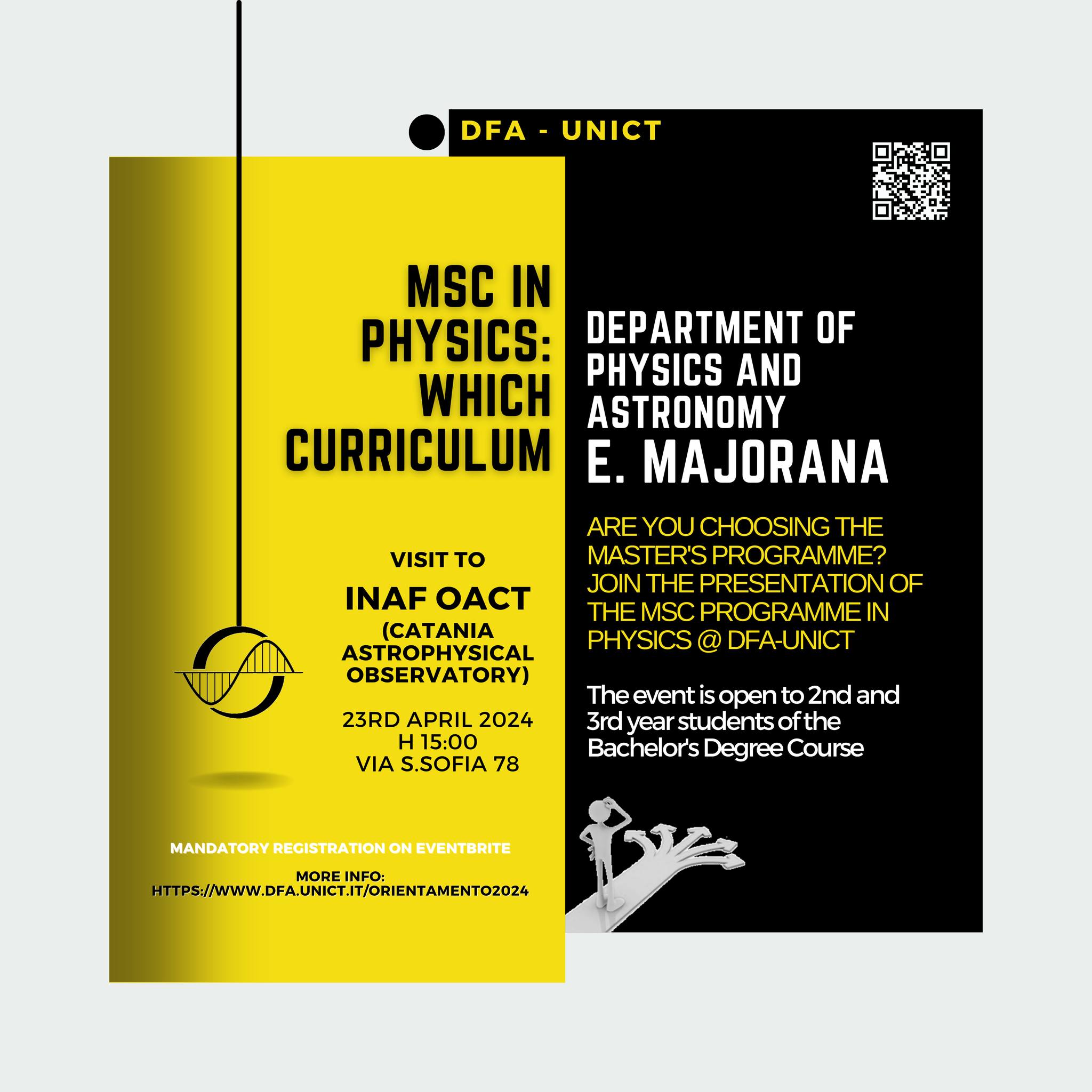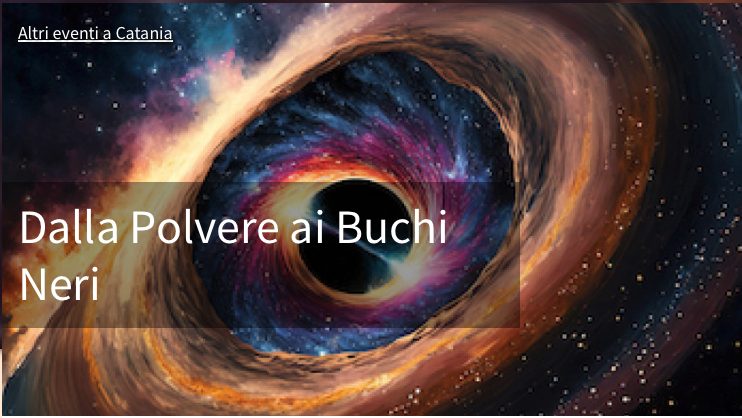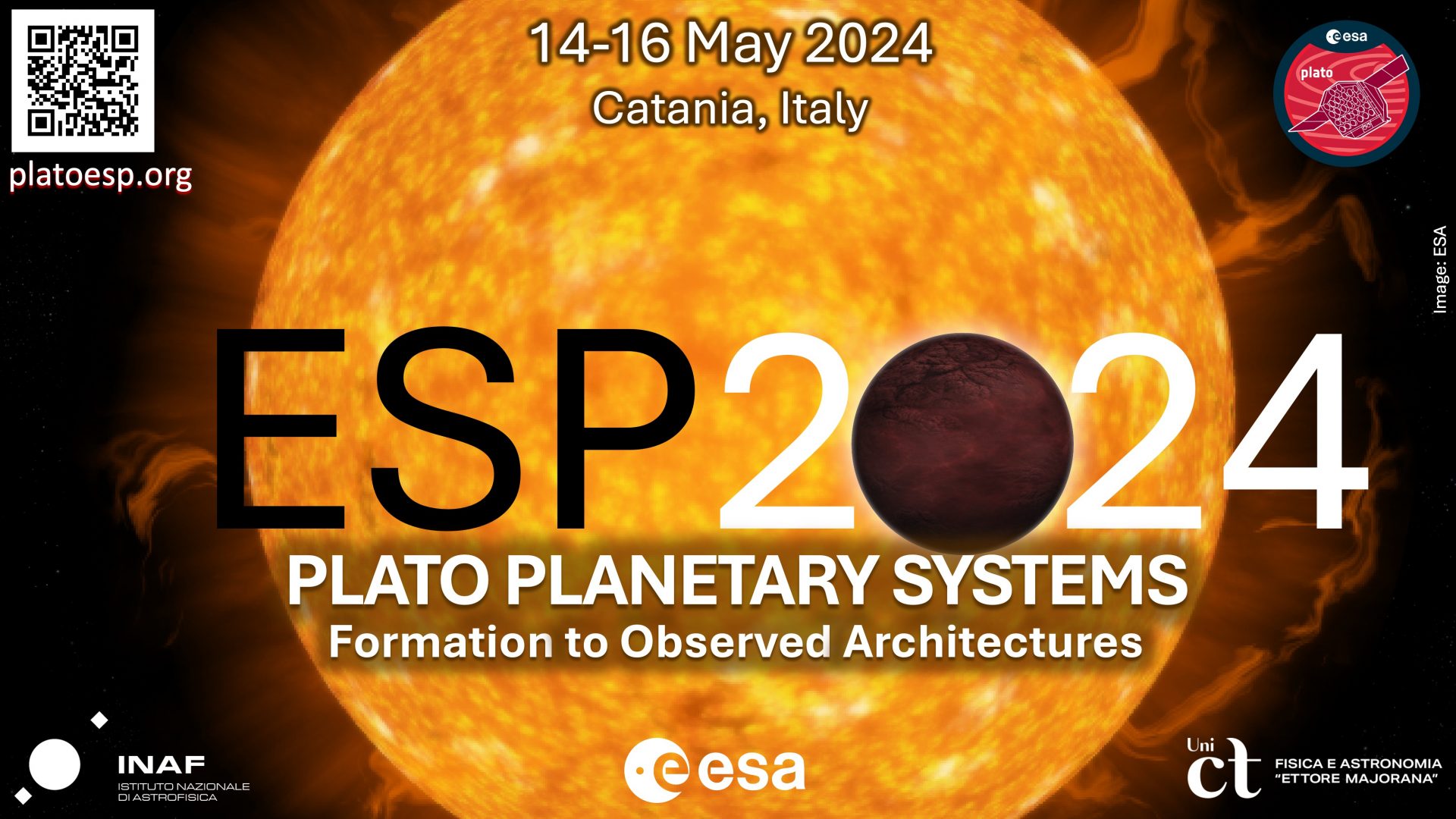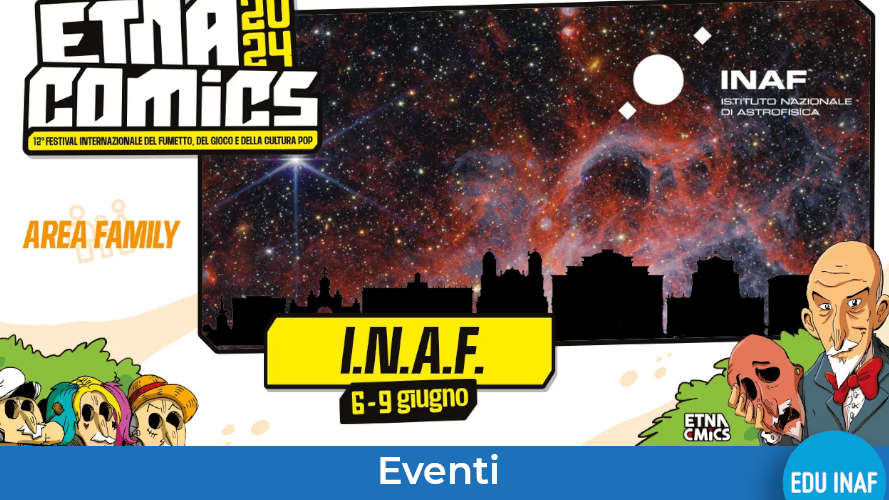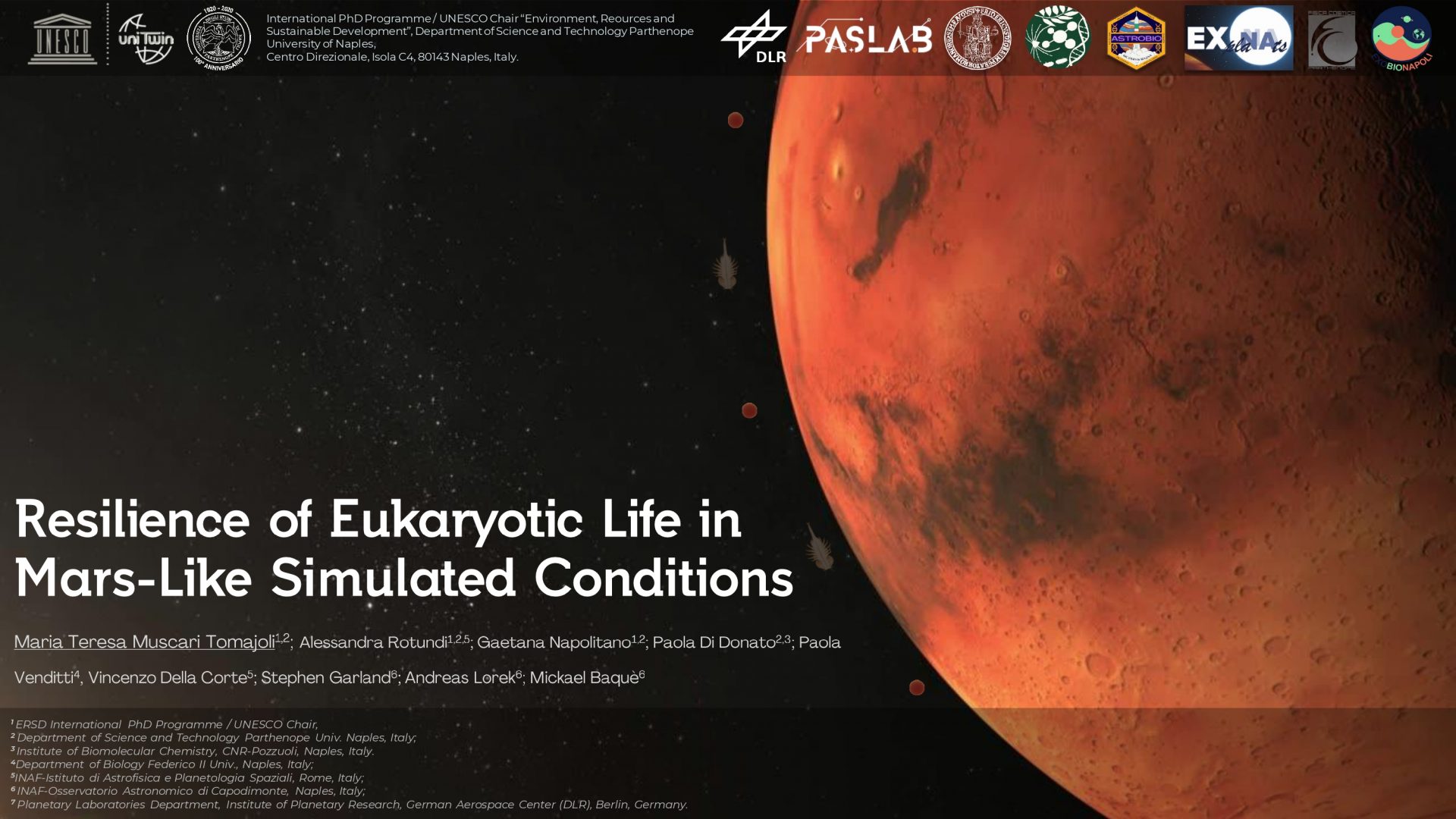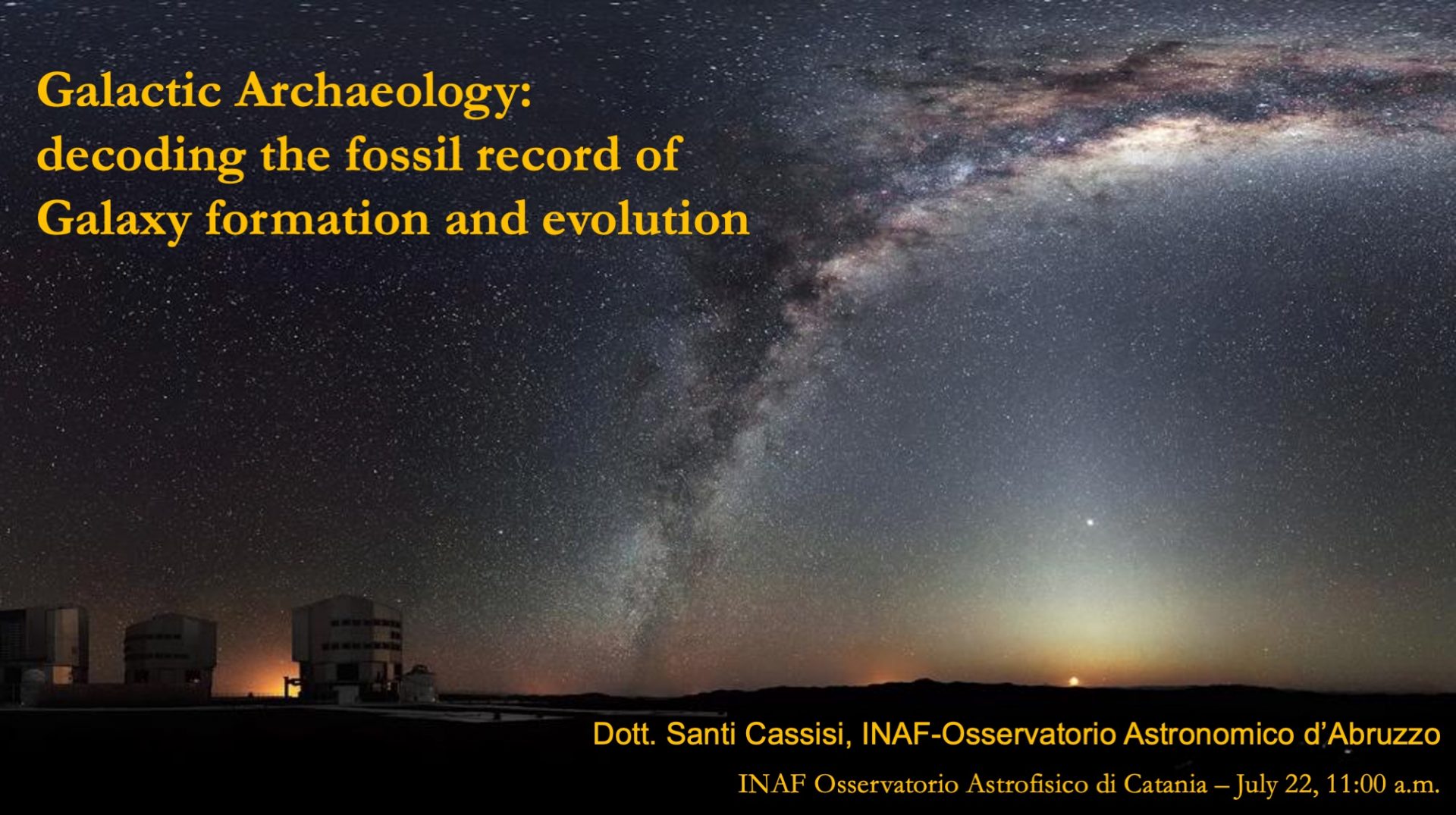Unlocking Cosmic Origins: LiteBIRD’s quest for Inflationary GWs
Sede A. Riccò Via Santa Sofia 78, CataniaThe LiteBIRD (Lite (Light) satellite for the studies of B-mode polarization and Inflation from cosmic background Radiation Detection) experiment is a space mission dedicated to studying the polarization of the Cosmic Microwave Background (CMB). Its primary objective is to detect the faint B-mode polarization patterns in the CMB, which are believed to be imprints of gravitational waves from the early universe, particularly from the period of cosmic inflation. LiteBIRD is equipped with a 30 arcmin beam width and an extraordinarily low polarization noise of 2.16μK-arcmin, making it uniquely capable of capturing large scale full-sky CMB polarization.
Our studies address two significant challenges in detecting Inflationary B-modes: foregrounds and the weak gravitational lensing of the CMB.
Foregrounds, varying with observation frequency, can be mitigated through multi-frequency sky observations. However, gravitational lensing of the CMB presents a different problem, as it is not frequency-dependent and causes E-mode polarization to convert to B-modes. This conversion masks the primordial B-modes we aim to detect. Our work concentrates on estimating the mass distribution from the CMB field to create a template of lensing B-modes. By removing this lensing-induced B-mode template from the observational data, we enhance the sensitivity towards detecting Inflationary gravitational waves.
This talk will explore the methodologies used in this study, the challenges encountered, and the potential impact on the detection of the Inflationary gravitational waves.
